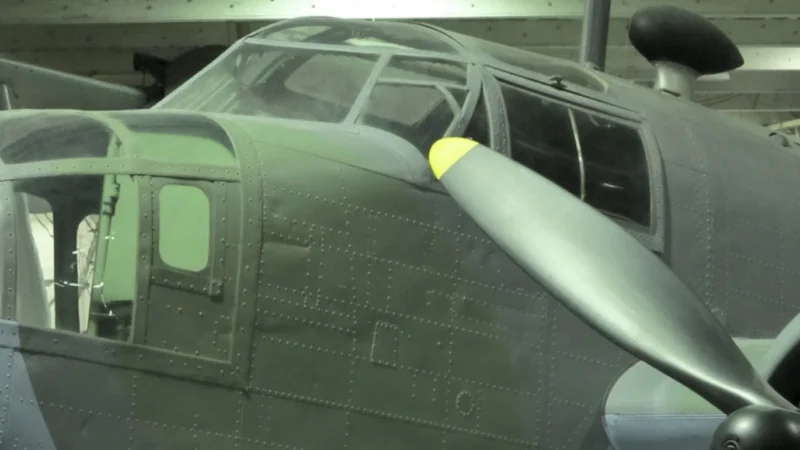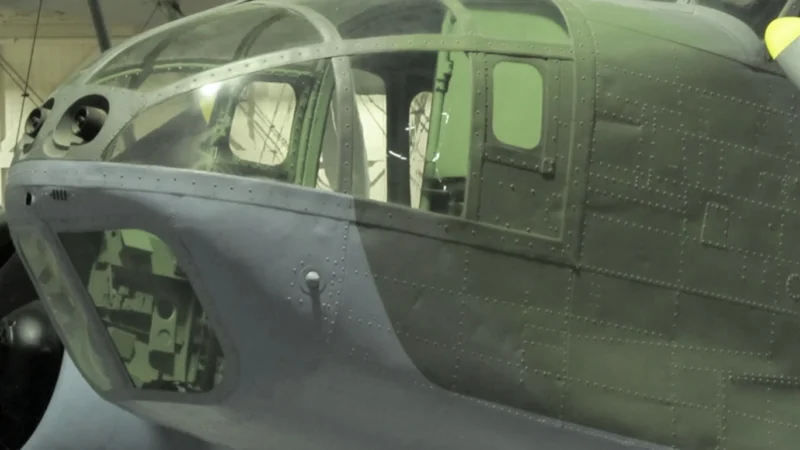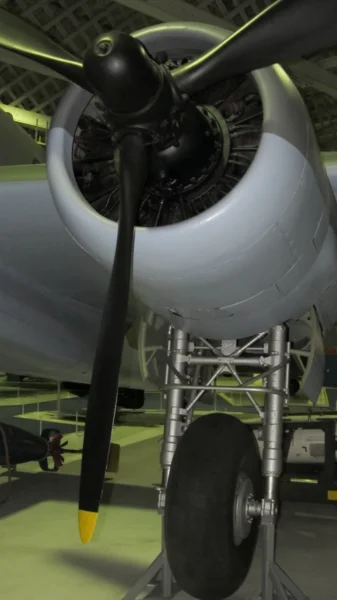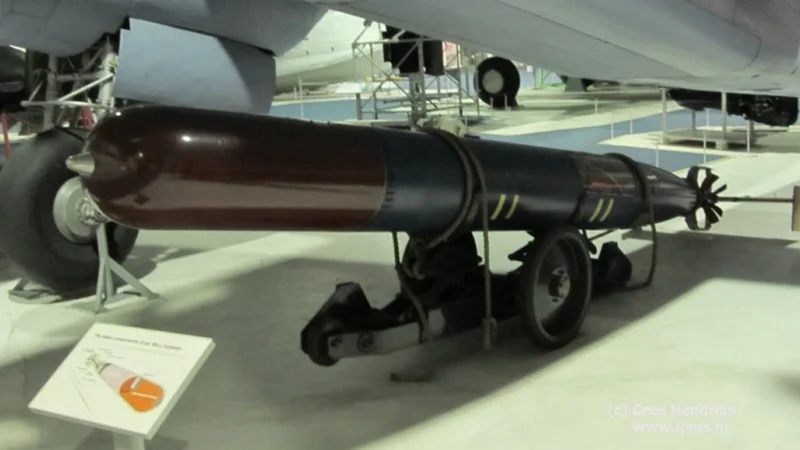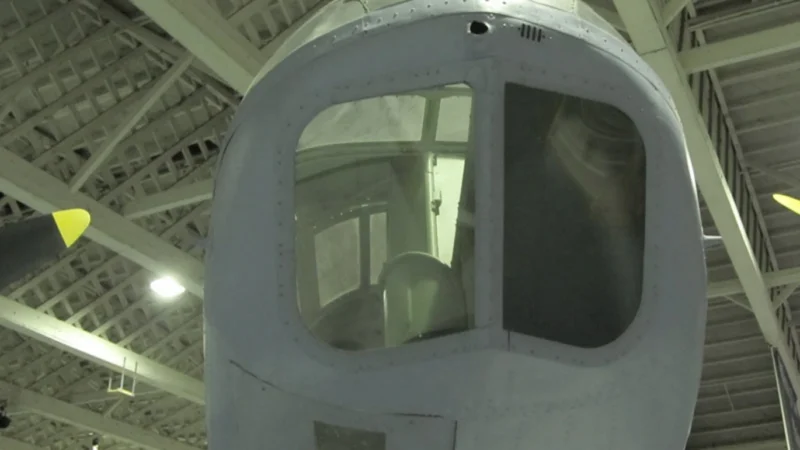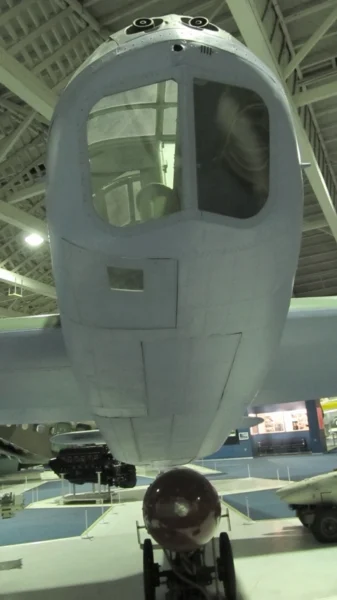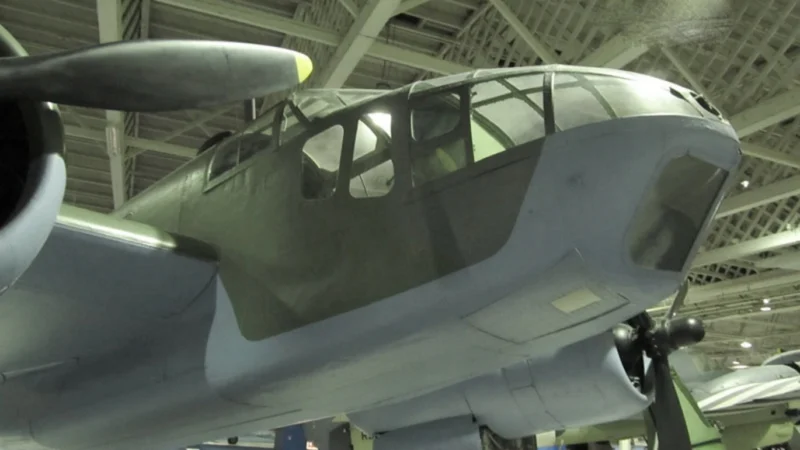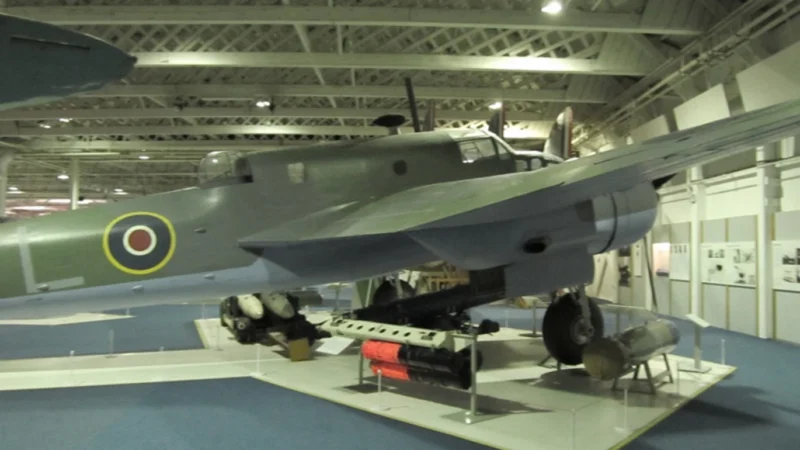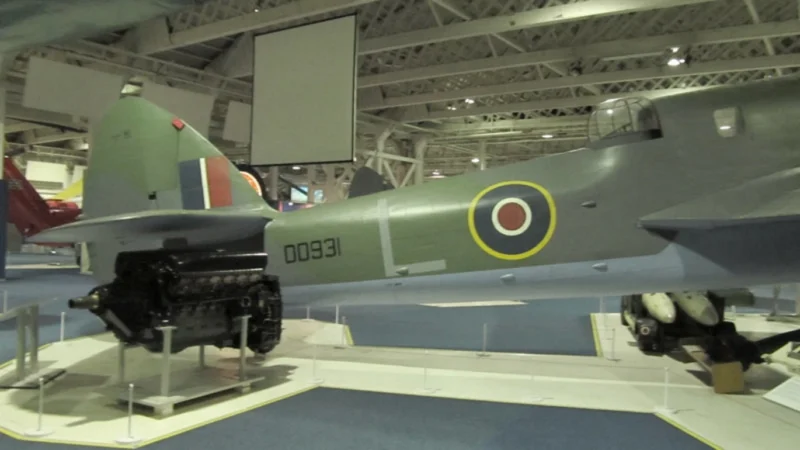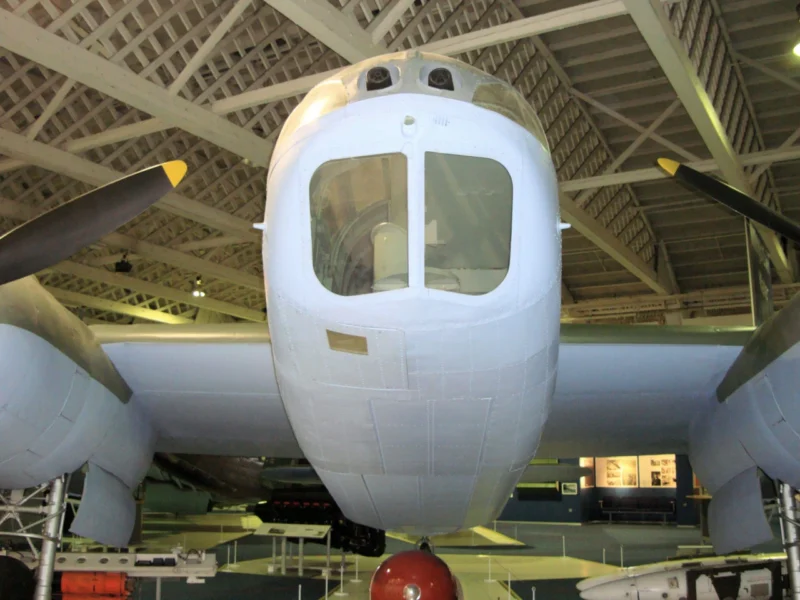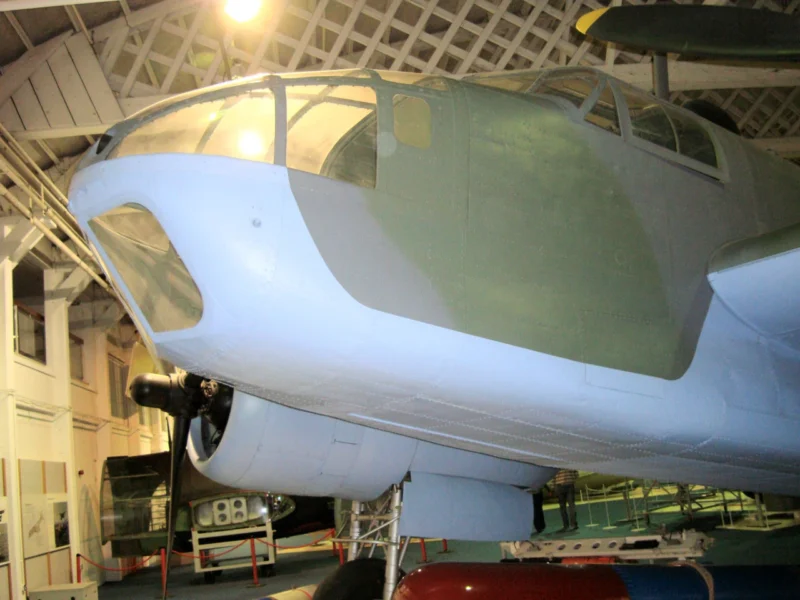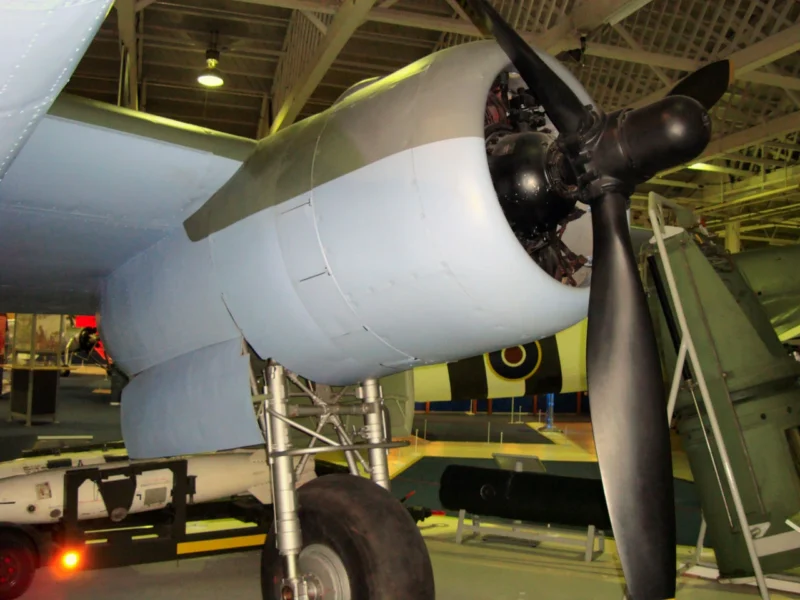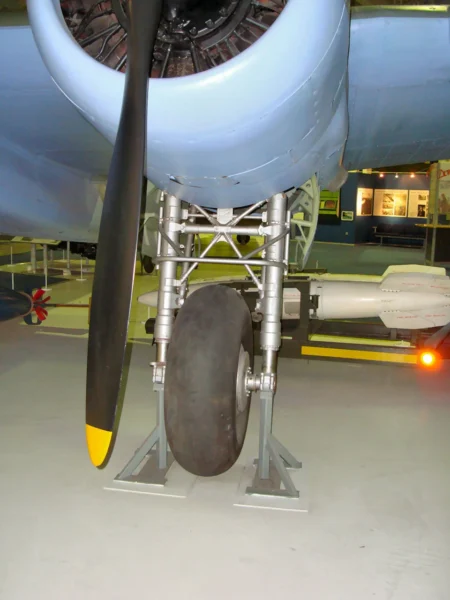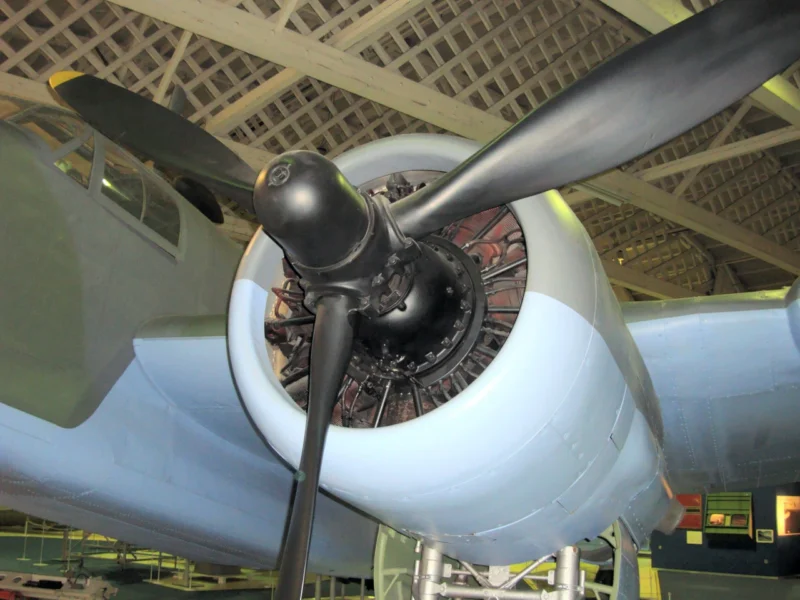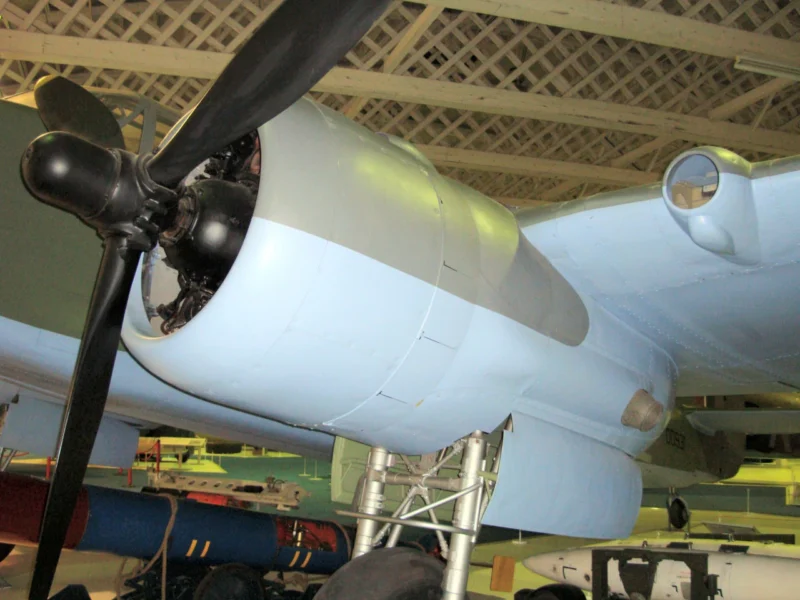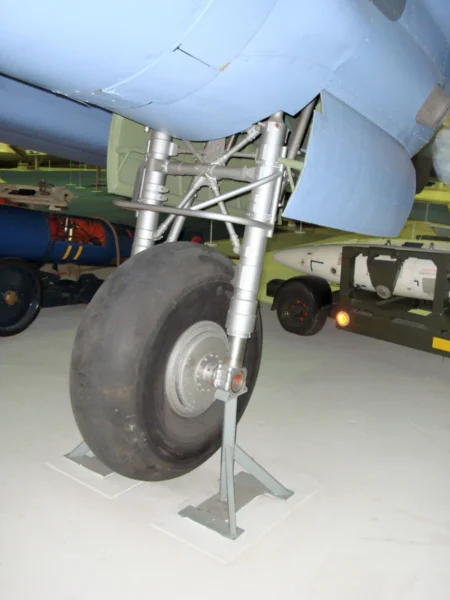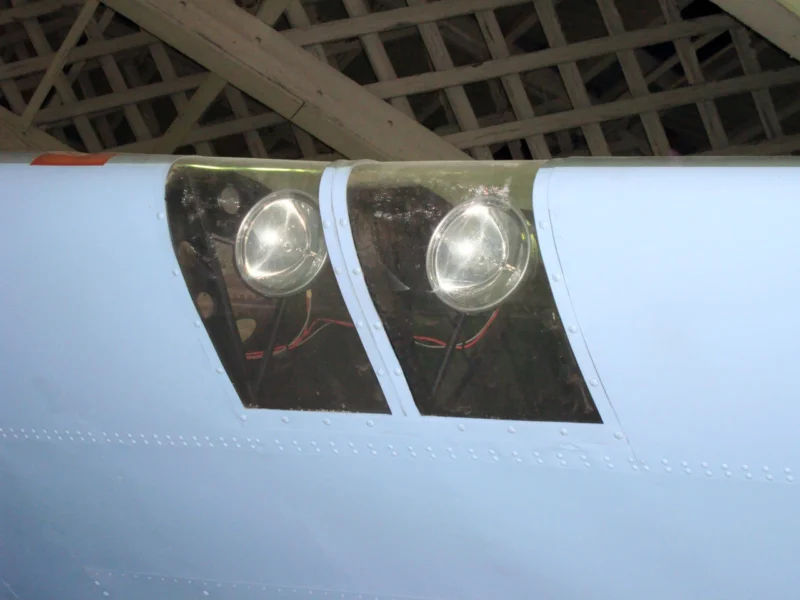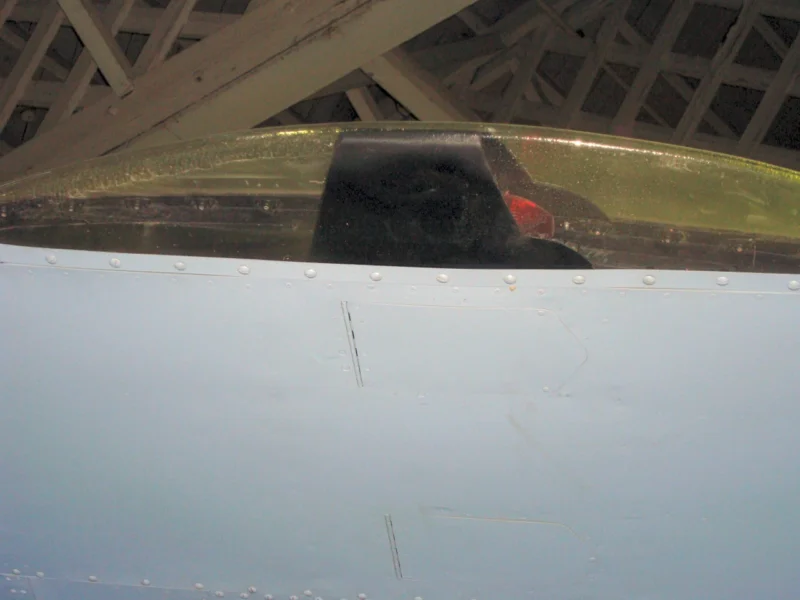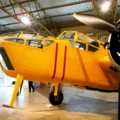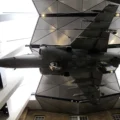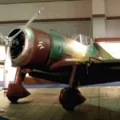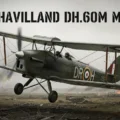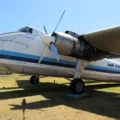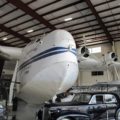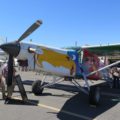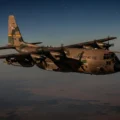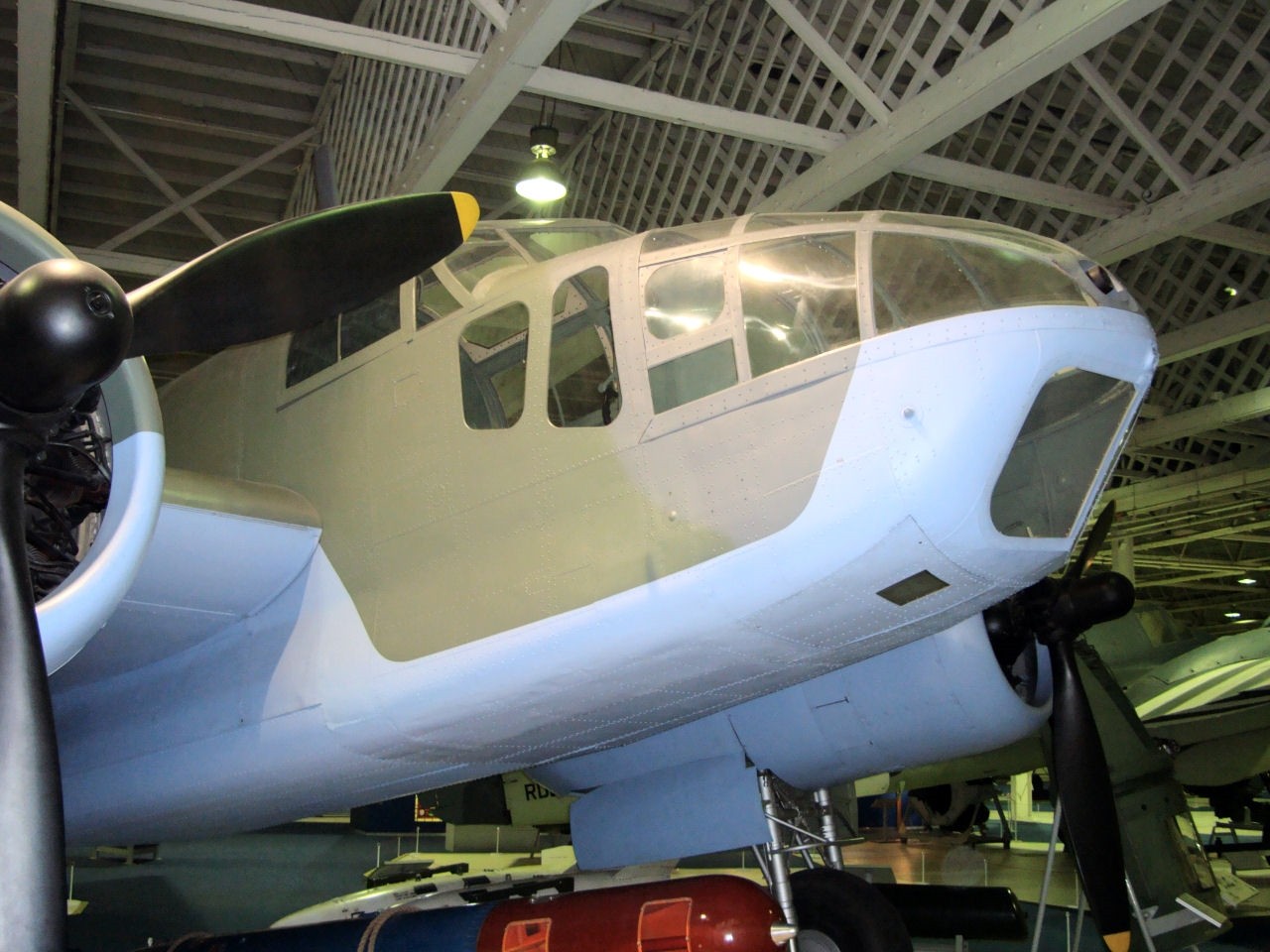
Bristol Beaufort | |
|---|---|
| Land | Uk |
| Role | Torpedobommenwerper |
| Eerste vlucht | 15 oktober 1938 |
| Gebouwd | 1121 |
De Bristol Beaufort (manufacturer designation Type 152) was a British twin-engined torpedo bomber designed by the Bristol Aeroplane Company, and developed from experience gained designing and building the earlier ***. At least 1,180 Beauforts were built by Bristol and other British manufacturers. The Australian government’s Department of Aircraft Production (DAP) also manufactured variants of the Beaufort. These are often known collectively as the DAP Beaufort. More than 700 Australian-built Beauforts saw service with the Royal Australian Air Force in the South West Pacific theatre, where they were used until the end of the war.
| Bristol Beaufort VIII Rond te Lopen | |
|---|---|
| Fotograaf | Cees Hendriks |
| Lokalisatie | Onbewust |
| Foto 's | 25 |
| Bristol Beaufort Mk.VIII Walk Around | |
|---|---|
| Fotograaf | Michael Benolkin |
| Lokalisatie | Onbewust |
| Foto 's | 24 |
Zie ook:
De Bristol Beaufort was een Britse tweemotorige torpedobommenwerper ontworpen door de Bristol Aeroplane Company in de late jaren 1930. Het werd gebruikt door de Royal Air Force en de Fleet Air Arm tijdens de Tweede Wereldoorlog, evenals door verschillende andere landen. De Beaufort was afgeleid van de eerdere Bristol Blenheim lichte bommenwerper, maar had een langere romp, een groter staartvlak en een krachtigere motor. De Beaufort was in staat om een torpedo van 1.600 lb (726 kg) of tot 2.000 lb (907 kg) bommen te vervoeren. Het had een bemanning van vier: piloot, navigator/bommenrichter, radiotelegrafist/boordschutter en rugkoepelschutter.
De Beaufort vloog voor het eerst in 1938 en kwam in 1940 in dienst. Het werd aanvankelijk gebruikt voor kustpatrouilles en anti-scheepsaanvallen in de Noordzee en de Middellandse Zee. Het nam ook deel aan de Slag om de Atlantische Oceaan, waarbij het Duitse U-boten aanviel en konvooien begeleidde. De Beaufort werd later aangepast voor andere rollen, zoals het leggen van mijnen, verkenning en nachtelijke indringersmissies. Sommige Beauforts werden ook omgebouwd tot transportvliegtuigen of trainers. De Beaufort werd uiteindelijk vervangen door de meer geavanceerde Bristol Beaufighter, die hetzelfde basiscasco gebruikte, maar krachtigere motoren en zwaardere bewapening had.
De Beaufort werd geëxporteerd naar verschillende landen, waaronder Australië, Canada, Zuid-Afrika en Turkije. De in Australië gebouwde Beauforts werden op grote schaal gebruikt in het theater in de Stille Oceaan tegen Japanse troepen. De Beaufort werd tot 1944 ook in licentie geproduceerd in Turkije. De Beaufort werd geprezen om zijn veelzijdigheid en betrouwbaarheid, maar ook bekritiseerd om zijn lage snelheid, slechte wendbaarheid en kwetsbaarheid voor vijandelijk vuur. Tijdens de oorlog werden in totaal 2.138 Beauforts gebouwd.
Views : 3812
